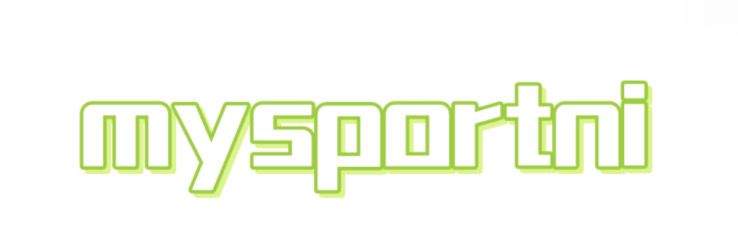Home Textile Machinery: Automation vs. Manual Operation Explained
The world of textile production is constantly evolving, offering businesses more efficient ways to operate. In this industry, home textile machinery plays a crucial role. The choice between automation and manual operation is a vital consideration for manufacturers. Let’s explore the advantages and disadvantages of both methods to help you understand which approach may be best for you.
Contact us to discuss your requirements of Home Textile Machinery. Our experienced sales team can help you identify the options that best suit your needs.
Understanding Home Textile Machinery
Home textile machinery refers to the equipment used in the manufacture of textile products. This includes sewing machines, knitting machines, and weaving looms. Selecting the right machinery can increase efficiency and quality in production. However, the choice between automation and manual processes can significantly affect your business.
The Benefits of Automation
Automation in home textile machinery has transformed the industry. It offers several key benefits:
Increased Efficiency: Automated machines can operate continuously without breaks. This allows for higher production rates and reduced lead times.
Consistency and Quality: Machines deliver uniformity that manual operations cannot guarantee. Each product is made to the same high standards, minimizing defects.
Cost Savings: Though initial investments can be high, automation reduces labor costs over time. Less manpower is required, leading to significant savings.
Enhanced Safety: Automation reduces the risk of injuries associated with manual labor. Safety features in modern machinery help protect workers.
Understanding Manual Operation
On the other hand, manual operation of home textile machinery has its own advantages:
Flexibility: Manual processes allow for more creative control. Designers can make adjustments on the fly and accommodate unique designs.
Lower Initial Investment: Starting with manual machinery often requires less upfront capital. This is ideal for small businesses or startups.
Skilled Craftsmanship: Handcrafted products often carry a unique appeal. Consumers may value the artisanal quality of handmade items.
Human Touch: Manual operations can foster a connection between the worker and the product, enhancing the final output's emotional appeal.
Weighing the Options: Automation vs. Manual
When deciding between automated and manual processes for home textile machinery, consider various factors. The scale of production is a major aspect. Large manufacturers often benefit more from automation due to higher volumes. In contrast, smaller businesses may be better suited to manual methods.
Cost is another important consideration. Evaluate the long-term savings of automation against the flexibility and lower upfront costs of manual operation.
Moreover, consider the product type. High-end, bespoke textile items may be better produced manually, while mass-market products can thrive with automated systems.
Making the Right Choice
Ultimately, the decision between automation and manual operation in home textile machinery depends on your business model and goals. A hybrid approach may offer the best of both worlds. By integrating automated processes for mass production while maintaining manual operations for specialty items, manufacturers can optimize efficiency and ensure quality.
Conclusion
In the ever-changing textile industry landscape, understanding the balance between automation and manual operation is essential. Embracing home textile machinery that suits your specific needs can lead to success. Whether you lean towards automation for efficiency or manual operation for craftsmanship, both methods have their place. Be optimistic and forward-thinking, as the future of textile manufacturing holds numerous opportunities for innovation and growth.
Want more information on Automatic Computer Quilt Machine? Feel free to contact us.

